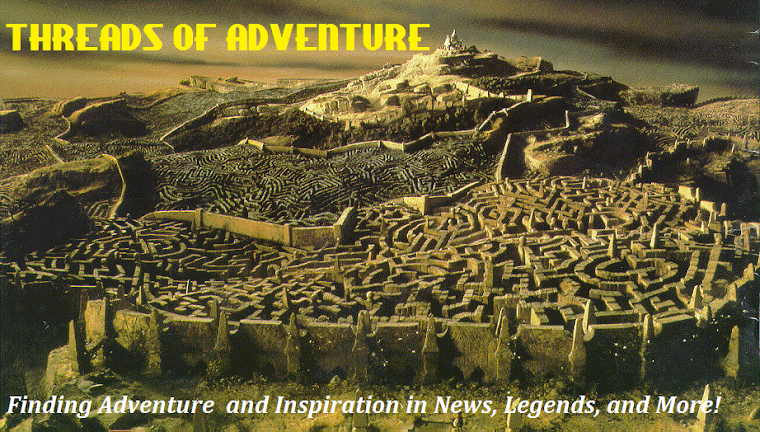Image: Instituto de Astrofísica de Canarias via ScienceNews
The first observable
exoplanet, within an "
Goldilocks Zone" has been discovered! This is a HUGE discovery as planets within the zone are considered excellent candidates for supporting life due to their not-too-close/not-to-far distance from their parent star. This "just right" distance allows for liquid water to exist on the surface--making for a comfy environment for life to flourish.
The planet, a gas giant roughly the size of Jupiter or Saturn, is designated as
COROT-9b, but it's thought that if Jupiter can have moons, then why not COROT? The moons could be habitable, even if the main planet is not.
While other Goldilocks planets have been discovered, COROT is a diamond in the rough because it's much more easily observable from Earth. From ScienceNews:
Although a number of extrasolar planets with moderate temperatures have been discovered, only a planet that passes in front of — or transits — its star can be studied in depth. The starlight that filters through the atmosphere of the planet during each passage reveals the orb’s composition, while the amount of starlight that is blocked outright indicates the planet’s size.
All the other transiting planets seen so far have been “weird — inflated and hot” because they orbit so close to their stars, notes study collaborator Didier Queloz of the Geneva Observatory in Sauverny, Switzerland. Deeg, Queloz, and their colleagues report their findings in the March 18 Nature.
The planet is 1,500 light years away (in the constellation Serpens), so it will be a while before we get to stop in on the neighbors and say hello!
Read the
full article.








